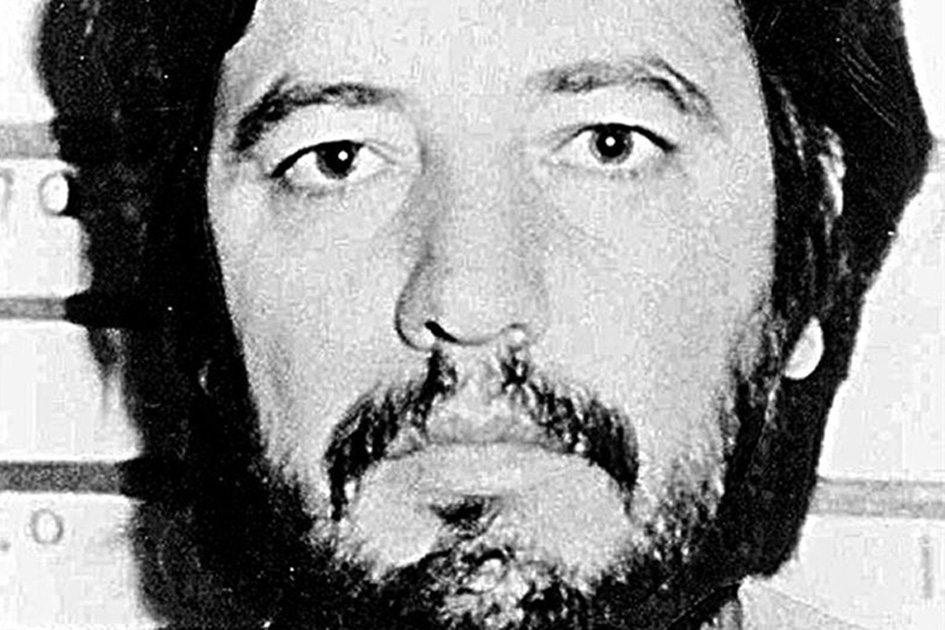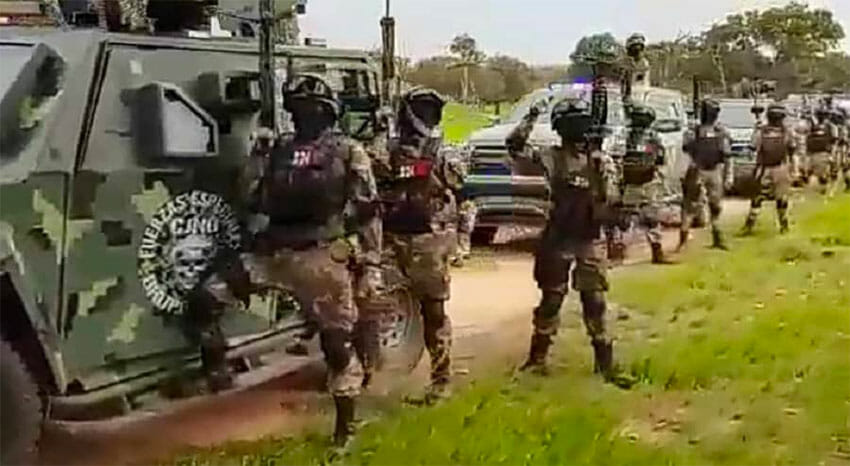RIO DE JANEIRO, BRAZIL – On Tuesday, August 10, the so-called “Operation Jalisco” culminated in the seizure of 2,450 kilos of marijuana at the port of San Antonio, most of which was the “Creepy” variety, which has a higher THC content.
The drugs were imported into Chile from Mexico since December 2020 and came from Puerto Vallarta, Puerto Lázaro Cárdenas and Puerto Manzanillo in the states of Jalisco, Michoacán and Colima.

The operation was led by the Criminal Analysis and Investigative Focus Unit in Valparaíso, headed by Prosecutor Maximiliano Krause. Nine individuals of Chilean and Dominican nationality were arrested and charged. And although the cartels behind the shipments are still under investigation, two of Mexico’s most powerful cartels, Jalisco and Michoacán, operate in the country.
This is the second warning in 2021 about Mexican organized crime links to Chile. Last May, two Mexican nationals who belonged to the Sinaloa cartel and operated in Alto Hospicio were arrested. One of them, Ricardo Salazar Tarriba, is directly related to Joaquín “El Chapo” Guzmán, a relative of his first wife, María Alejandrina Salazar.
“For about a year, various investigations by Carabineros and Investigaciones had revealed evidence of direct drug trafficking from Mexico to Chile. This had not been clearly confirmed, as it was only confirmed by intelligence information. But now we are finding marijuana for internal consumption in containers that have come directly from Mexican ports,” Luis Toledo, head of the National Prosecutor’s Office’s Drug Trafficking Unit, told Pauta newspaper.

Security problems in Chilean ports were the main theme of the 2020 report of the Observatory of Drug Trafficking in Chile, which the unit led by Toledo has been producing for five years.
As recalled by criminal lawyer Francisco Cox, appointed by the OAS in 2014 to investigate the disappearance of the 43 students from Ayotzinapa in Mexico, Chile was ranked as the third-largest exporter of cocaine to Europe (after Colombia and Brazil) in 2019. “It’s clear that there is a problem with organized crime in Chile,” the lawyer said.
“But it seems to me to be good news that those who disrupt or detect (the drug shipment in San Antonio) are the special units and the criminal analysis system of the prosecutor’s office. Because they don’t approach crime on a case-by-case basis, they look at the context,” he says.
THE LORD OF THE SKIES IN CHILE
The first warning that Chile might be an “attractive” country for organized crime came in 1997, when Juárez cartel boss Amado Carrillo Fuentes, known as “The Lord of the Skies,” an alias derived from his fleet of drug planes, hid in Chile for five to six months under the false identity of Juan Antonio Arriaga Grangel.
Carrillo was one of the most wanted drug traffickers in the world at the time because Pablo Escobar had died four years earlier, in 1993, and El Chapo Guzmán had just established his drug empire of the Sinaloa Cartel.
The person who investigated the case was Germán Ibarra Hidalgo, former head of intelligence and former national chief of counter-narcotics for the PDI, who later had to travel to Mexico to testify in the case against Carrillo Fuentes, who died in Mexico in July 1997 after undergoing plastic surgery to alter his face.
His doctors, Mexicans Jaime Godoy and Carlos Ávila, and Ricardo Reyes Rincón, a Colombian, were later murdered.

Ibarra told Pauta that a call from a Mexican Army anti-drug unit alerted Investigaciones (now PDI) that members of the Juárez cartel were in Chile. And it was discovered through the telephone of Reyes Rincón, who made calls both inside and outside the country. That’s how they got in touch with Bitar Tafich, Carrillo Fuentes’ right-hand man.
“One of the people we kept the closest eye on was the doctor,” says the former head of counter-narcotics.
As a result, a clandestine operation led by Ibarra involving the DEA and FBI was launched in Chile when the alarm was raised. “If Carrillo Fuentes’ doctor was in Chile, Carrillo was here,” says the police officer.
CARILLO FUENTES’ COMRADE
The undercover investigation began in Santiago when it was discovered that Carrillo Fuentes’ compadre and lieutenant, Manuel Bitar Tafich, had entered Chile with his wife, children, and a group of bodyguards.
“Bitar was the godfather of Carrillo’s eldest son. And Carrillo sent him to Chile to do research. And he informed him that it was the best country for investment,” Ibarra says.
When he arrived, Bitar not only rented a house in Las Condes [an upscale Santiago neighorhood] and bought luxury cars. He also, Ibarra says, opened a company in Quilicura, whose operations in Chile were even approved by the Committee on Foreign Investment (CIE) using a false passport.
“When we reviewed the documentation for the investment project in the committee, there was a photocopy of Juan Antonio Arriaga Grangel’s passport, but the photo was of Amado Carrillo Fuentes,” Ibarra says.
Those were the days when the Internet was slow and scarce. However, the Mexican army’s anti-drug unit had sent investigators several photos of Carrillo taken from a video seized at the drug trafficker’s sister’s wedding, in which the Juárez cartel chief’s face was clearly visible. That’s how they recognized him.
The investigation was carried out in secret for several months. The person who authorized it was the judge of the Third Criminal Court of Santiago at the time, Dobra Lusic, now a minister at the Court of Appeals.

CALERA DE TANGO AND A TRIP TO THE SOUTH
In the secret investigation, it became known that Bitar had entered Chile, but months later, Amado Carrillo Fuentes, his wife, children, and several bodyguards. Ibarra is certain that Carrillo traveled with his family and that Bitar, his right-hand man, had previously traveled with him “because he wanted to settle in Chile.”
Police determined that Carrillo – Juan Arriaga Grangel – lived with his family in Calera de Tango. “But we never saw him, only the cars,” Ibarra says. They also couldn’t arrest him because Chile didn’t and doesn’t have a red notice from Interpol.
Carrillo, in turn, had committed no crimes in Chile either. But everyone involved in the process knew exactly who he was.
According to Ibarra, it was also discovered that Carrillo Fuentes went on a tourist trip to southern Chile with his bodyguards and without his family in his car. Months later, they found that he had flown to Mexico with his family. The investigation immediately alerted the Mexican army.
After fleeing, Carrillo Fuentes’ trail was lost until it was learned that he had died during plastic surgery. “In other words, he traveled from Chile to undergo surgery,” the former drug enforcement chief told Pauta. Shortly before, Bitar had left Chile. His wife was prosecuted but eventually left the country.
Las Condes and Calera de Tango houses were declared abandoned by Judge Dobra Lusic and turned over to the Drug Enforcement Agency under then Drug Law 19,666 (now Law 20,000).
A reminder of the Juárez cartel’s presence in Chile still stands today in a PDI barracks: the sculpture of a golden leopard that adorned one of the homes of Juárez cartel members.

